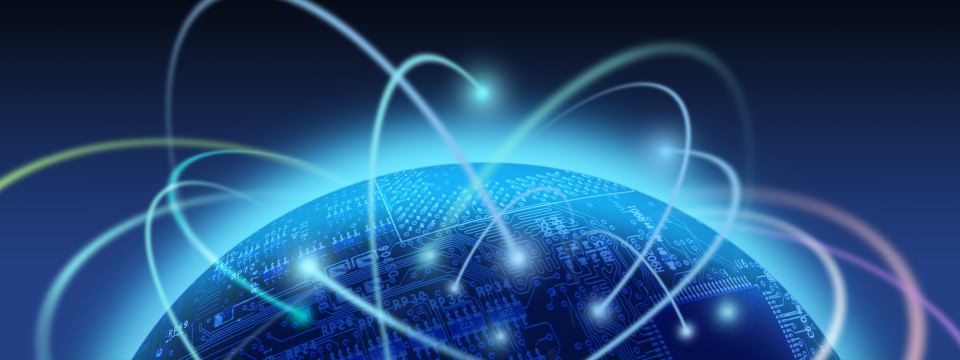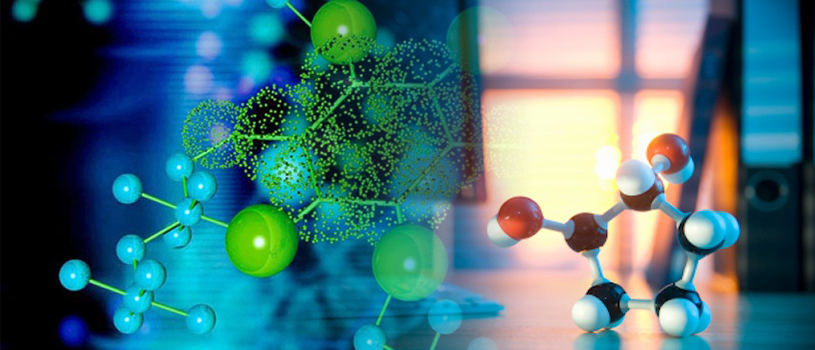
A surprising new study shows that heat energy can leap across a few hundred nanometers of a complete vacuum, thanks to a quantum mechanical phenomenon. It could have profound implications for the design of computer chips and other nanoscale electronic components.

Researchers have made good on their claim to quantum supremacy. Using 53 entangled quantum bits ('qubits'), their Sycamore computer has taken on -- and solved -- a problem considered intractable for classical computers.

An international team have succeeded in transforming 20 entangled quantum bits into a state of superposition. This is an important step in the development of quantum computers after the old record of 14 qubits remained unchanged since 2011.

For the first time, researchers have documented the long-predicted occurrence of 'walls bound by strings' in superfluid helium-3. The existence of such an object may explain how the universe cooled down.

The first unbreakable intercontinental message was sent through a space-based quantum communication network.

Advanced photonic nanostructures are well on their way to revolutionizing quantum technology for quantum networks based on light. Researchers have now developed the first building blocks needed to construct complex quantum photonic circuits for quantum networks.

An intricately sculpted device is so tiny it can only be seen under a microscope. But their diamond microdisk could lead to huge advances in computing, telecommunications, and other fields.

Why send a message back in time, but lock it so that no one can ever read the contents? Because it may be the key to solving currently intractable problems.

Researchers at the National Institute of Standards and Technology (NIST) have now managed a significant breakthrough.

A recent proposed microbe experiment based on Schrodinger's counter-intuitive theory would have a scale so small as to be almost meaningless, and other challenges such as consciousness also come into play

Quantum physics theory has an odd but fundamental quirk: atoms in a quantum state aren't supposed to move as long as you're measuring them. It sounds preposterous, but Cornell University researchers have just demonstrated that it's real.

Researchers have announced breakthroughs in the development of tunneling field effect transistors, a semiconductor technology that takes advantage of the quirky behavior of electrons at the quantum level.

Physicists have experimentally demonstrated for the first time that atoms chilled to temperatures near absolute zero may behave like seemingly unrelated natural systems of vastly different scales, offering potential insights into links between the atomic realm and deep questions of cosmology.

Scientists at IBM Research have achieved major advances in quantum computing device performance that they say may accelerate the realization of a practical,

The U. of Buffalo (NY) says adding quantum dots into solar cells could increase their efficiency by a whopping 45%.